Introduction
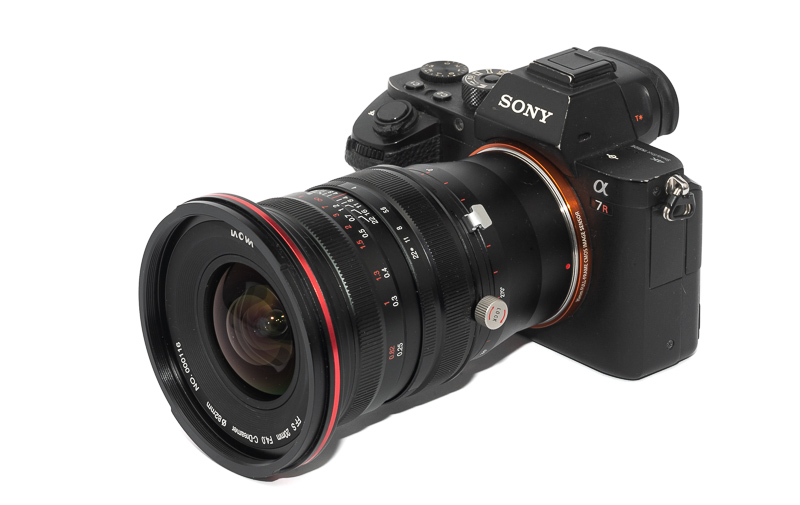
Over the years Laowa has steadily been expanding its line up of shift lenses, after the 17mm 4.0 MSC and the record breaking 15mm 4.5 Shift we are now getting their third shift lens, the Laowa 20mm 4.0 Shift. Let’s have a closer look at this latest addition.
Sample Images
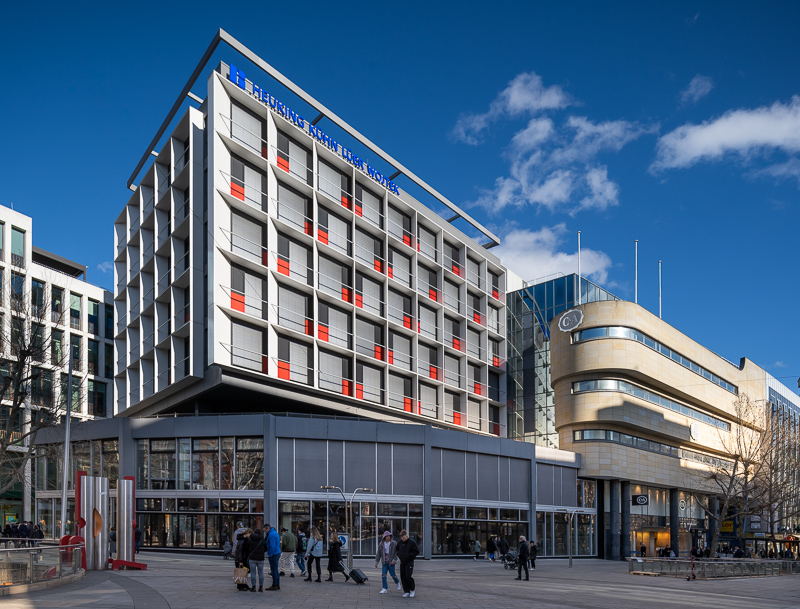

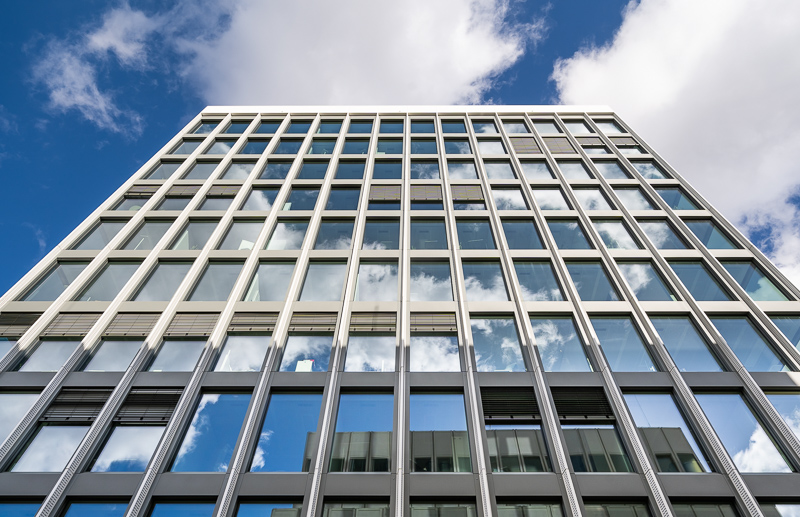
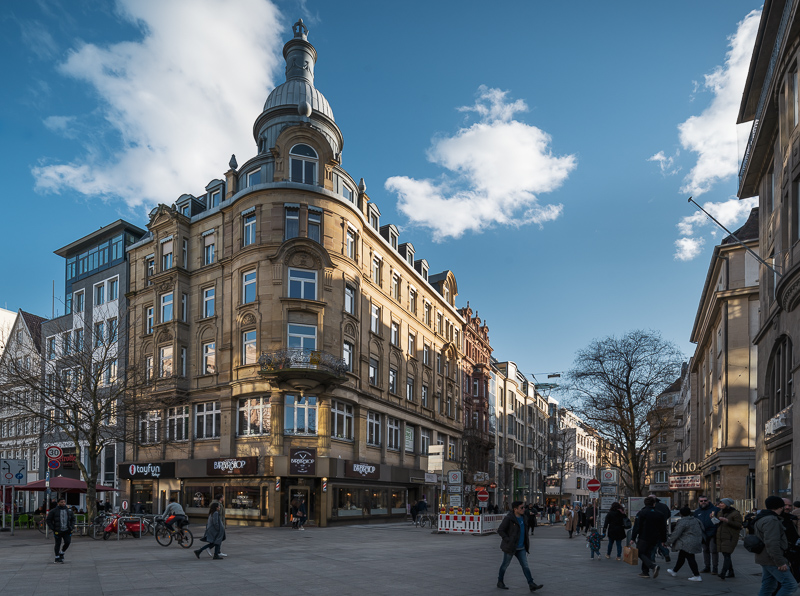
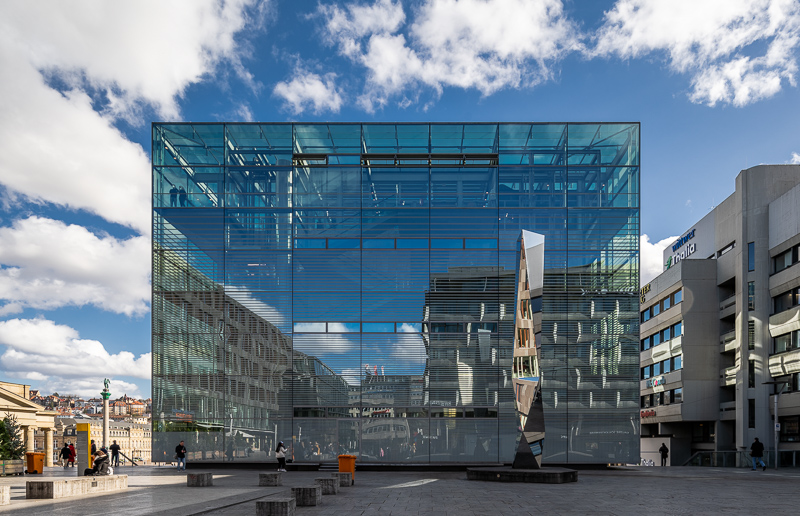
Most of the sample images in this review can be found in full resolution here.
Contents
Disclosure
The Laowa 20mm 4.0 Shift was kindly provided free of charge by Venus Optics / Laowa for reviewing purpose for two weeks.
Specifications / Version History
This Laowa 20mm 4.0 Shift comes in Canon EF, Nikon F, Sony E, Nikon Z, Canon RF and L-mount. I am reviewing a Sony E sample here which has the following specifications:
-
- Diameter: 91 mm (without cap and hood)
- Field of view: 94.4°/117° (diagonally, unshifted/shifted)
- Length: 129 mm (without caps)
- Weight: 745g (without caps and hood)
- Filter Diameter: 82 mm
- Shift range: 11mm
- Number of Aperture Blades: 14 (rounded)
- Elements/Groups: 16/11
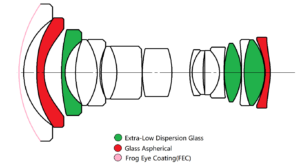
- Close Focusing Distance: 0.25 m
- Maximum Magnification: 1:6.7 (measured)
- Mount: Sony E
You may also have a look at the official page.
The lens can already be preordered at the manufacturer’s homepage | amazon.com | ebay.com | B&H for $1099 (affiliate link)
Handling / Build Quality
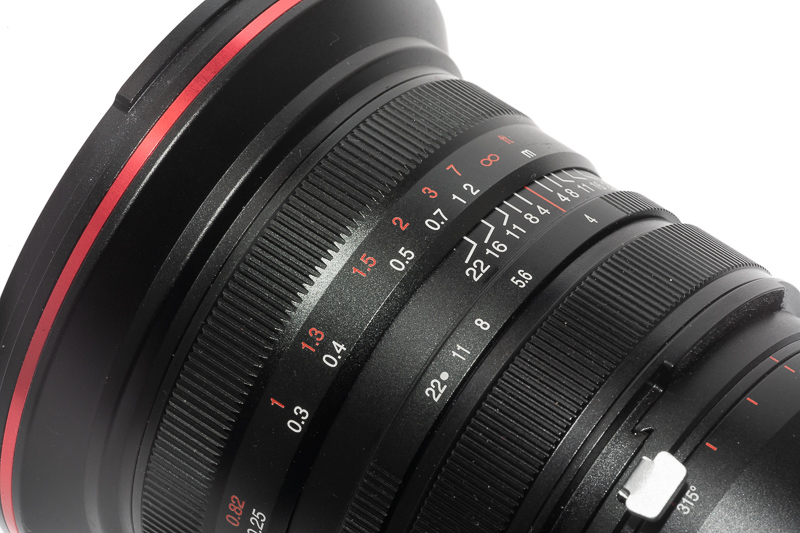
Regarding Shift and what it can be used for best have a look at my article Working with Tilt/Shift lenses.
Unlike most of the other Laowa lenses this one features a red ring. As far as I know there have been two versions of the Laowa 15mm 4.5 Shift: one with a blue ring, indicating 5 straight aperture blades, and one with a red ring, indicating an to me unknown (but much higher number) of aperture blades.
As this one features 14 blades, this might be the reason for the red ring.
The focus ring has a really nice resistance which has been the case for all the latest Laowa lenses.
The focus ring travels ~90° from the minimum focus distance (0.25m) to infinity.
The narrow aperture ring is situated right behind the focus ring and has full-stop click stops – which is always my preference – and travels ~60° from f/4.0 to f/22. Considering the complexity of this lens I wonder why the click stops are not equidistant though.
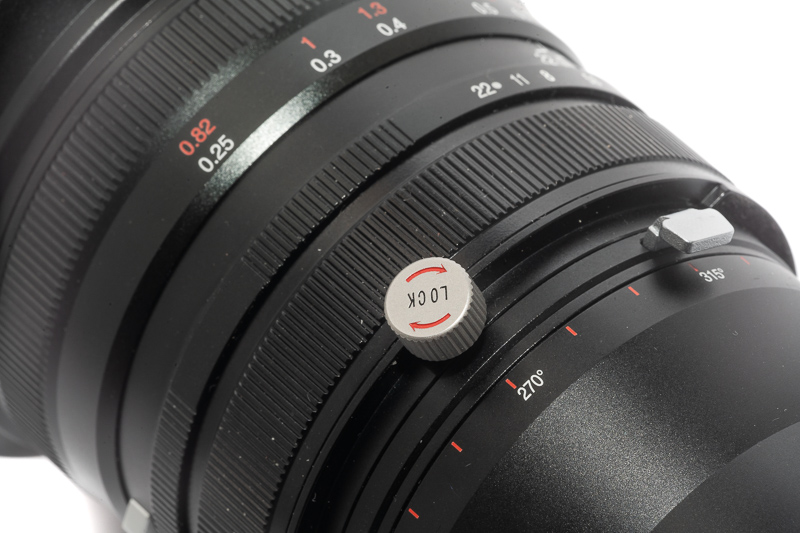
Next is the shift ring and here we have a very different design compared to the Canon TS-E and Nikon PC-E lenses. The Nikon and Canon lenses feature a locking knob on one side and an adjustment knob on the opposite side. These have often been criticized for being rather delicate and hard to operate when wearing gloves.
Those critics may like the Laowa approach: here you have a big ring (almost same size as the focus ring) to adjust the shift value and on one side of the lens you have a scale that tells you the amount shifted from -11 mm to +11 mm.
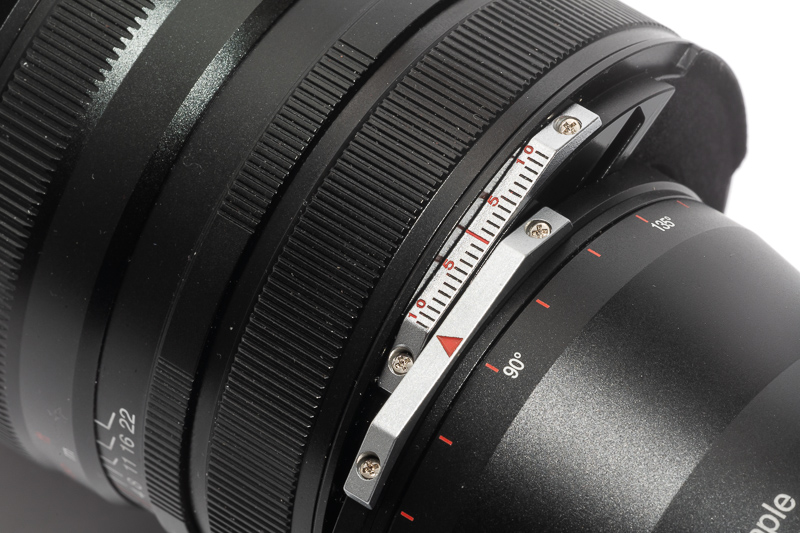
The ring has a high resistance and I have the feeling the mechanism is also stiffer than that of the Canon TS-E lenses, I never felt the need to use the shift lock knob.
Close to the bayonet you can find a little lever, if you push it the whole lens can be rotated 360° (with 15° click stops) therefore allowing you to shift in every direction. The lens not featuring any electronics is an advantage here, but this of course also means no EXIF data is transmitted to the camera.
When you fully shift your lens in every direction and take a picture at every 15° rotation this is the panorama you will get, I added the Laowa 9mm 5.6 and the Laowa 15mm 2.0 for comparison:
Unlike on Canon’s TS-E and Nikon’s PC-E lenses there is no tilt, the Laowa can only shift. To me personally this is all but a big deal, I never felt the tilt being very useful when it comes to ultra wide angle lenses, but if you need it you already know that and can choose your lens accordingly.
The build quality is pretty much in line with other recent Laowa lenses: the 20mm 4.0 Shift seems to be mostly made from metal, but to me it looks like only the markings on the focus ring and the rotator are engraved and filled with paint whereas the ones on aperture ring as well as the distance scale look like they are just printed.
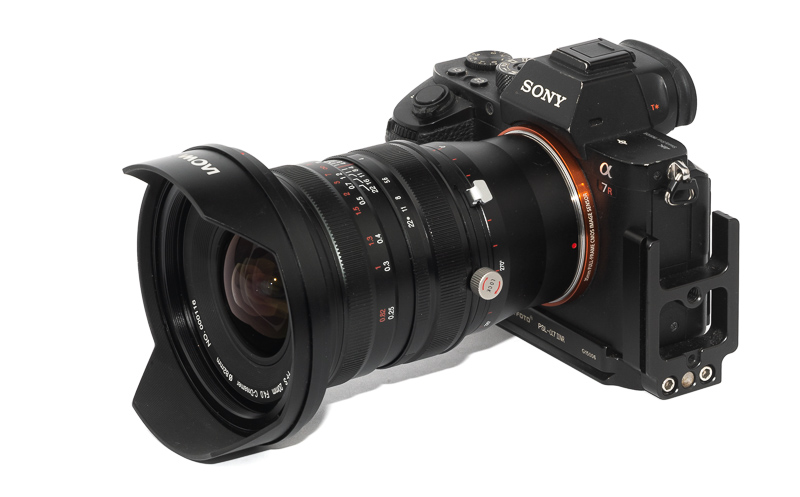
There is a lens hood included, which is very rare for wide shift lenses. It is mainly meant to be used for the unshifted lens, more on this in the vignetting section.
The ring with the petals can be rotated though, so you can make some additional adjustments to the position of the hood when the lens is shifted.
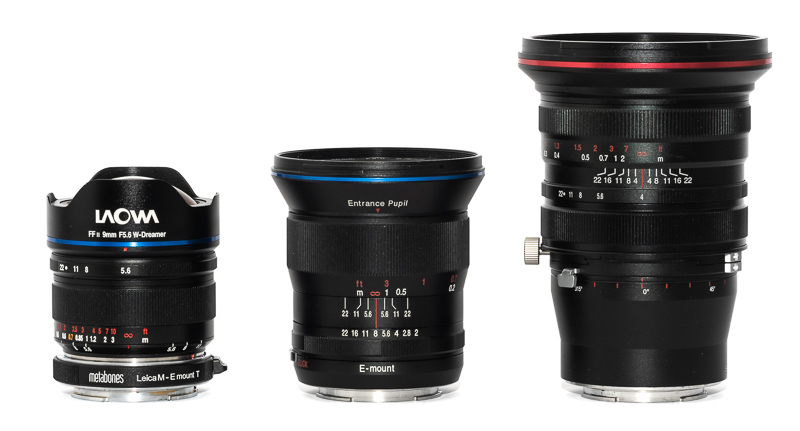
The Loawa 20mm 4.0 Shift is a DSLR lens with built-in adapter, so compared to actual mirrorless wideangle designs it is a very big lens. There are no shift lenses designed for mirrorless available though and I am also not even sure they would be much smaller than the DSLR ones. Time may tell.
Vignetting
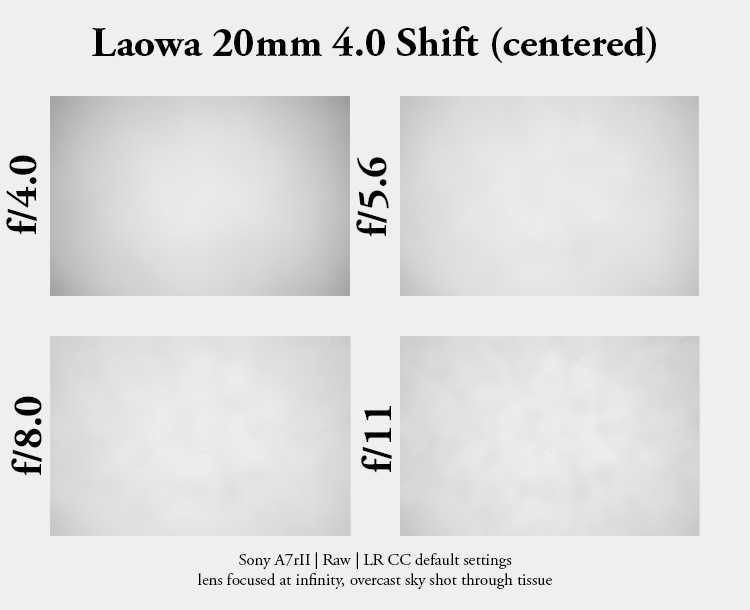
When using the the lens centered (unshifted) you are only using the central part of the lens, so vignetting should be less of an issue. Wide open there is still vignetting of roughly 2.0 EV, stopped down to f/5.6 this improves to only 1.3 EV and stopped down to f/11 it is still around 1.0 EV.

The results in the shifted area are of course very different. Wide open we are dealing with 3.2 EV in the most extreme corner. Stopped down to f/5.6 this improves to 2.4 EV and stopped down to f/11 about 1.8 EV remain.
Shifted the values are similar to the Canon TS-E 17mm 4.0L and noticeably better than those of the Laowa 15mm 4.5 Shift.
If you want to correct the uneven vignetting I can recommend using gradients in Lightroom.
The lens hood is mainly designed for the unshifted lens. It still allows for ±5mm shift up/down, but any amount of shift left/right will immediately lead to black corners.

The software only allows for showing you the unshifted area, as we would expect: vignetting is rather low here.
Our method of determining the vignetting figures struggles a bit with lenses this wide (e.g. stopped down you can see wrinkles of the tissue which also translates to the graphs being a bit wavy).
Sharpness
MTF graphs

When reviewing the Canon TS-E lenses I was trying to find MTF graphs for the actual bigger image circle, but I couldn’t manage to find any, so I was delighted to see Laowa provided an MTF graph covering the whole image circle and not just the fullframe area.
We see very high image quality in the center of the frame and the midframe up to ~18mm, so almost in the complete fullframe area (edge is at 21.5mm). There is almost no astigmatism visible in this part of the frame.
We see a dip in resolution and contrast at around 25mm, so I am curious to see whether this will be visible in the pictures and how things improve on stopping down.
I would love to compare this graph to those of the Canon TS-E 17mm 4.0L and even more so to the Nikon PC-E 19mm 4.0, but their graphs top out at the fullframe corners. Within the fullframe area the Nikon’s MTF show higher resolution but also higher astigmatism.
infinity (42mp)

Lenses with such a high viewing angle usually feature a wavy field and this Laowa 20mm 4.0 Shift is no exception.
We will first have a look at the performance unshifted. Interestingly there is an area not that far from the center where there is a very noticeable drop in performance at wider apertures. There is a dent in the MTF graphs visible here (around ~11mm from the center), but the dip is more noticeable in the real world than I would have expected.
Farther away from the center the performance is better, especially the fullframe corners that look great from wide open.
Stopped down to f/8.0 the across frame performance hardly leaves anything to be desired and I guess this is how this lens will be used mostly.
Now looking at the shifted corners I noticed that the very extreme corners actually look pretty good from f/4.0, but the area shortly before that (around ~28mm from the center) looks worse, so I decided to show you this area instead. In this area f/16 actually looks a bit better than f/11, which is rare, as usually the loss in image quality due to diffraction eats up possible image quality improvements due to stopping the lens down.
To put things into perspective: the performance at f/8.0 to f/11 in the shifted areas is actually better than that of the Laowa 15mm 4.5 Shift and the Canon TS-E 17mm 4.0L.
So long story short: the sharpness performance is pretty good.
close (0.25 m, 1:6.7)
100% crops, A7rII
With the minimum focus distance of just 0.25 m you can get really close to your subject. In the center the performance is very good already wide open and stopping down only slightly improves the sharpness.
If you place your subject close to the unshifted borders the resolution is quite okay, but when you fully shift the lens and place your subject near that extended border region the resolution never reaches really good levels, not even on stopping down considerably. Not sure anyone ever wants to use under these circumstances, but if you wanted to know: now you know.
I noticed the same behaviour on the Laowa 15mm 4.5 Shift, Canon TS-E 17mm 4.0L and also on similarly wide lenses like the Voigtlander 10mm 5.6 or Laowa 10-18mm 4.5-5.6. The exception here is the Laowa 9mm 5.6 that manages to maintain really good across frame sharpness at these distances albeit at the cost of higher distortion.
Flare resistance
As always evaluating flare is a complex matter since you can get any lens to look bad if you push it hard enough and a slight change of scenario can affect results a lot.
Sun outside frame
With the sun outside the frame, especially close to one of the corners, many lenses struggle. The Laowa 20mm 4.0 Shift also shows a rather big flare in these situations, but the performance gets better when using the hood. Keep in mind: the hood does not allow for the complete shift movements.
Therefore I often went out without the hood and tried to shade the lens with my hand instead, which also helps a bit.
Sun inside frame
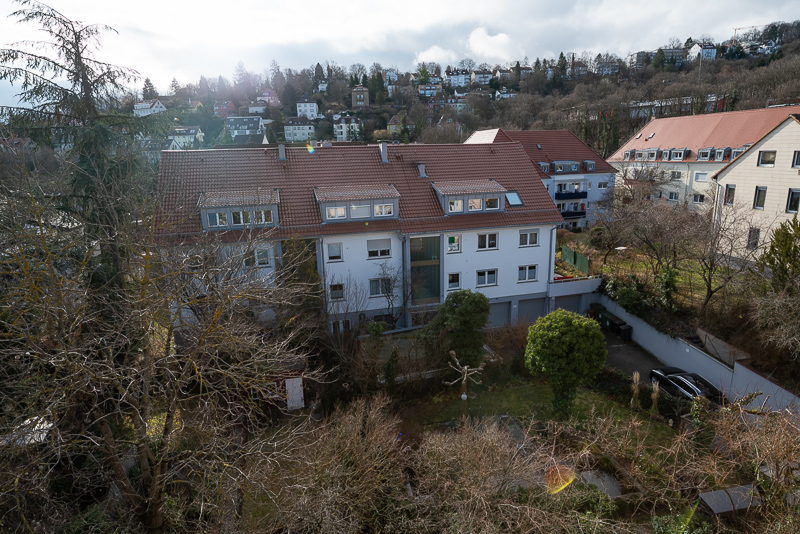
With the sun inside the frame also ghosts can appear. Generally I found this to not be a big issue, but if you want to make the lens look bad this is also possible, as can be seen in this worst case scenario:
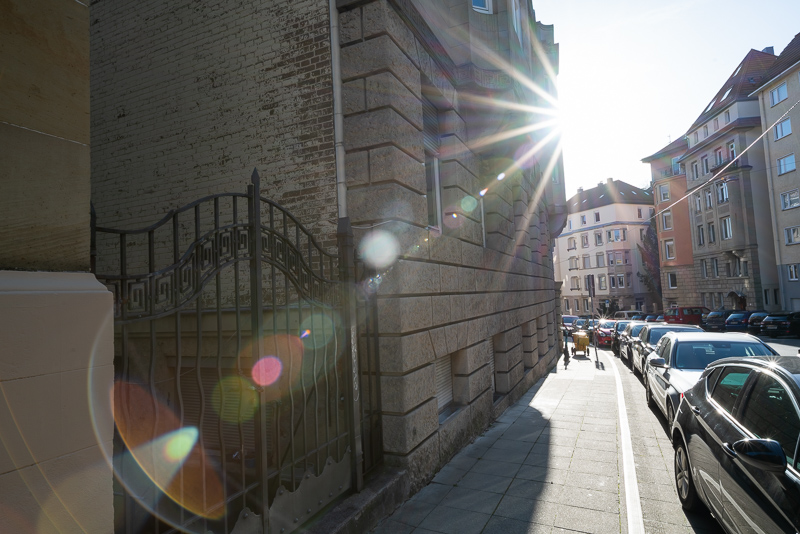
One thing shall be noted though: at f/4.0 it was rather easy to catch a very obvious ring flare. I was told the sample I received was an early sample and later samples will have improved blackening of the lens elements and this effect should not occur anymore. Nevertheless, even stopping down just a little will make this go away completely.
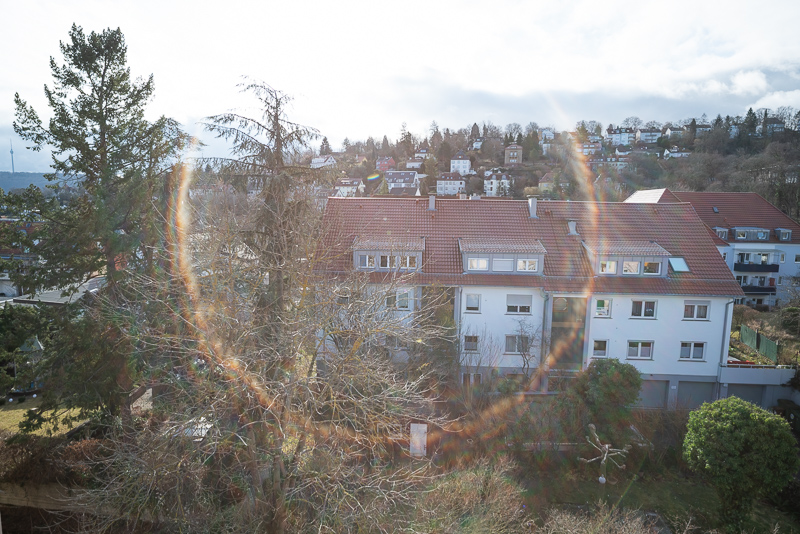
Coma
Coma in the unshifted extreme corner is rather unobstrusive. Stopped down to f/5.6 the performance is already really good and it only improves marginally on stopping down to f/8.0 and f/11.
As was already the case with the Laowa 15mm 4.5 Shift the situation in the extreme corners when fully shifted is actually very similar, slight coma at f/4.0, significant improvements on stopping down to f/5.6 or further.
Distortion
There is hardly any distortion visible, even in the shifted areas, and the performance is actually better than those of the Laowa 15mm 4.5 Shift and the Canon TS-E 17mm 4.0L.
Sunstars
Unlike most of the other recent Laowa ultra wide angle lenses this one features 14 aperture blades, not 5.
We see no sunstars at f/4.0, rather frayed sunstars between f/5.6 and f/11 and well defined 14-stroke sunstars between f/16 and f/22.
If you find the sunstars created by 5 straight aperture blades too distracting you might prefer this lens and if you want to learn more about sunstars have a look at this article.
crops, A7rII
Chromatic aberration
lateral
Usually lateral CA are easily corrected by just one click and unshifted this is also the case here. Shifted the situation is not that simple though, the lateral CA patterns are not symmetrical and therefore the auto correction does not always work properly, but surprisingly it did here nevertheless.
For the cases where it doesn’t work as well I recommend turning the auto correction off and using the manual defringe CA removal tool as an alternative (the one usually used for removing longitudinal CA).
longitudinal

The Laowa 20mm 4.0 Shift shows a really good correction of longitudinal CA. The sample below is a real stress test for purple fringing and we can rarely see any. A very good performance.
Sony A7rII | Laowa 20mm 4.0 Shift | f/4.0
Focus shift
33% crops, A7rII
The Laowa 20mm 4.0 Shift shows a tiny bit of front focus on stopping down, most noticeable between f/5.6 and f/8.0. This is actually the first lens where I observed a front focus on stopping down, usually it is back focus.
Nevertheless, it is minimal and will be hardly visible at longer focus distances, especially at infinity. And if you first stop the lens down and focus afterwards it is even less relevant.
Alternatives
Canon TS-E 17mm 4.0L:
This Canon lens can also be tilted, so if you are after that this should be the lens to consider. Optically I found it to be worse in most categories compared to this Laowa 20mm 4.0, especially in terms of corner resolution and flare resistance, but also in terms of distortion.
buy from amazon.com | amazon.de | B&H | ebay.com | ebay.de for $2150 (affiliate links)
Laowa 17mm 4.0 (Laowa 12mm 2.8 Zero-D on Magic Shift Converter):
Here you only get 10mm shift and it is slightly worse optically but you have the option of using it as a 12mm 2.8 for e.g. astrophotography, which can be a big benefit.
buy from manufacturer’s shop | amazon.com | ebay.com | B&H | ebay.de for a total of $1249 (affiliate links)
Laowa 15mm 4.5 Zero-D Shift:
The Laowa 15mm 4.5 Shift is the widest shift lens available. The optical performance is a little bit worse – which isn’t overly surprising considering the difference in focal length – and there is no easy to use filter thread.
Personally, considering the difference in price is only $100, I would rather get this 15mm 4.5 lens. It allows for more spectacular perspectives and can be used in even narrower cityscapes where you usually don’t have the luxury of “going a few steps back”.
buy from manufacturer’s homepage | B&H | amazon.com | amazon.de | ebay.com | ebay.de for $1199 (affiliate links)
Laowa 9mm 5.6 FF RL:
The Laowa 9mm 5.6 is noticeably wider than a stitched pano taken with this 20mm 4.0 Shift lens, and it is one of the strongest alternatives if you can live with less pixels.
buy from manufacturer’s homepage | B&H | ebay.com | ebay.de for $899 (M-mount) and $799 (E/Z/L-mount) (affiliate links)
PC-Nikkor 19mm 4.0E ED N:
Adapting Nikon E lenses to Sony cameras is not that much fun, so this is not a lens I recommend to Sony users. Nevertheless some Nikon users interested in the Laowa 20mm 4.0 Shift may end up here (welcome!). I have not used the Nikon 19mm personally, but it looks like it is a really great lens by what I have seen from some trusted sources. The Nikon lens also offers tilt and not only is it 1mm wider, it also allows for 1mm great shift range in every direction. The Nikon lens does not offer a filter thread though and needs a 150mm filter system instead and it is significantly more expensive.
buy from ebay.com | amazon.com | B&H for $3400 (affiliate links)
Conclusion
good
|
average
|
not good
|
The Laowa lenses often feature unique, sometimes record breaking specifications. Laowa gave us the widest rectilinear lens (9mm 5.6), the fastest 35mm lens (35mm 0.95) and also the widest shift lens (15mm 4.5), to only name a few.
This Laowa 20mm 4.0 Shift does not feature such record breaking specifiations so may not seem as exciting at first sight, but its normal 82mm filter thread still is a unique selling point compared to the 15mm 4.5, Canon TS-E 17mm 4.0L and Nikon PC 19mm 4.0E.
The optical performance is very solid. The field is a bit wavy with local drops in sharpness at wider apertures, but stopped down least as good as the other ultra wide angle shift lenses I have reviewed. Longitudinal CA and distortion are very well corrected, vignetting and flare resistance are comparable to similar lenses. There are still no electronic contacts though, so no Exif information are being transmitted to the camera.
What the Laowa shift lenses really have going for them are the shift mechanics, which are in my opinion the best in the market and the only ones I would want to operate when wearing gloves.
If you are looking for a shift lens in this focal length range – especially if you find the Laowa 15mm 4.5 or Canon TS-E 17mm 4.0L a tad too wide – this Laowa 20mm 4.0 Shift might be for you.
The lens can already be preordered at the manufacturer’s homepage | amazon.com | ebay.com | B&H for $1099 (affiliate link)
Sample Images
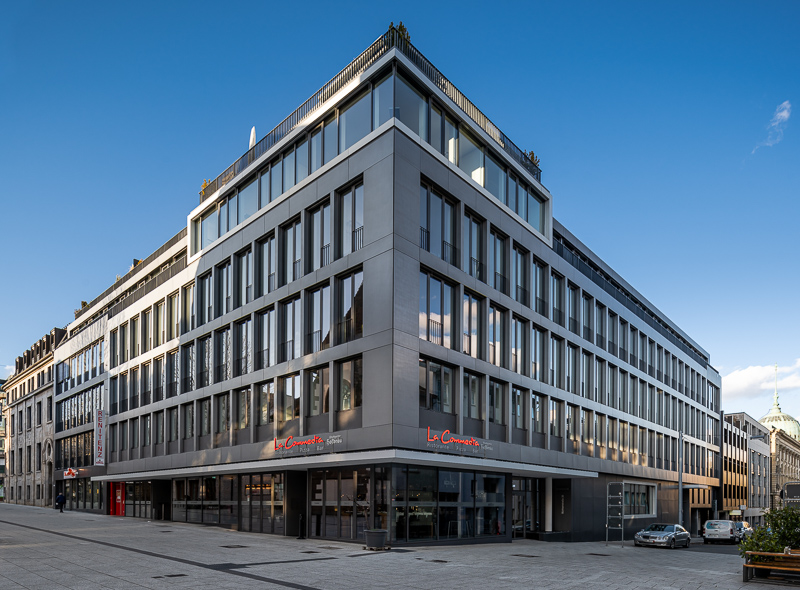
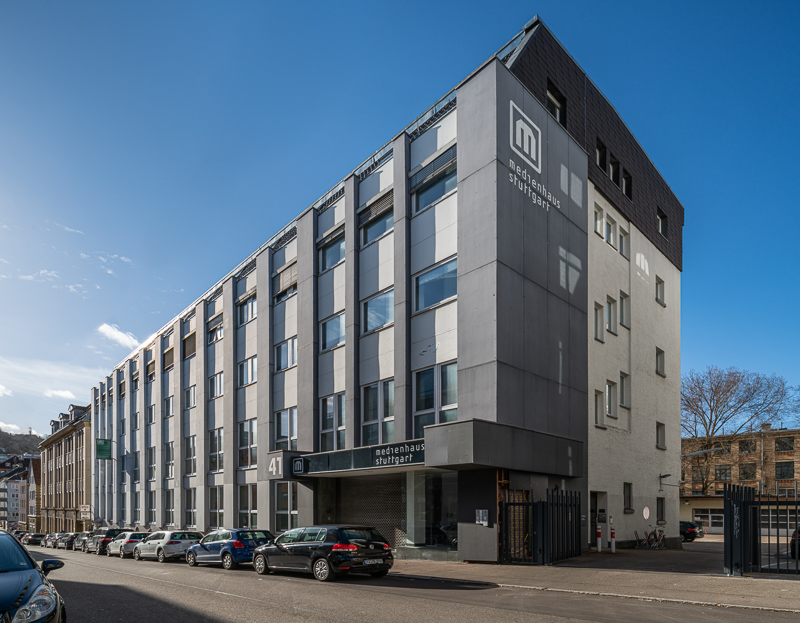
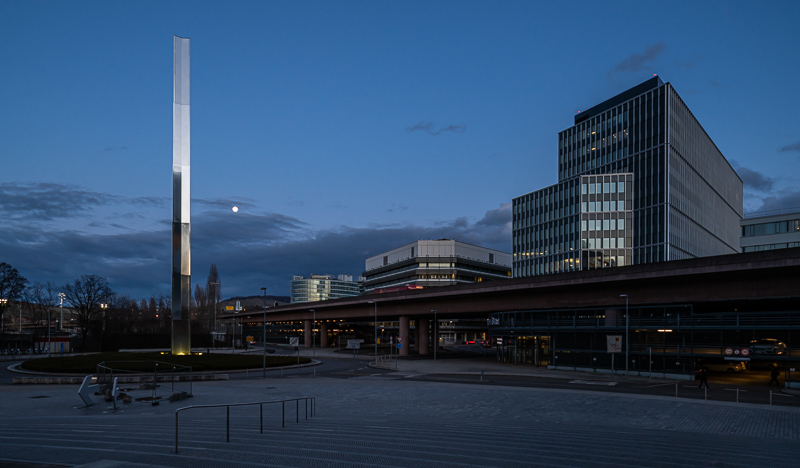
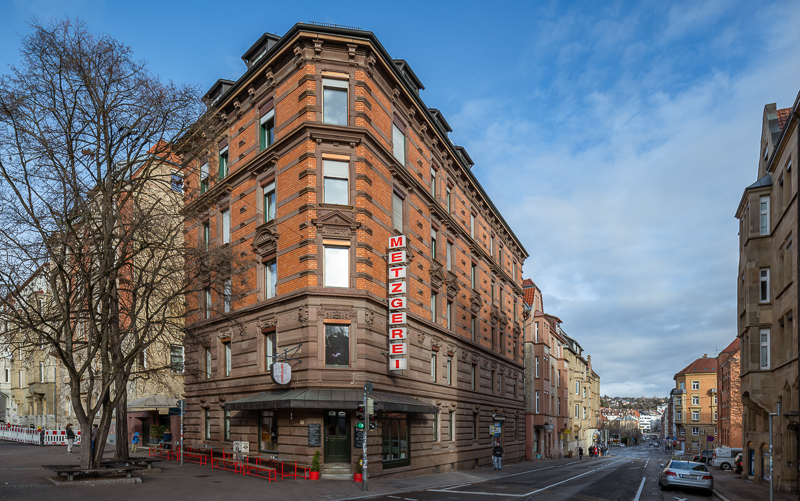
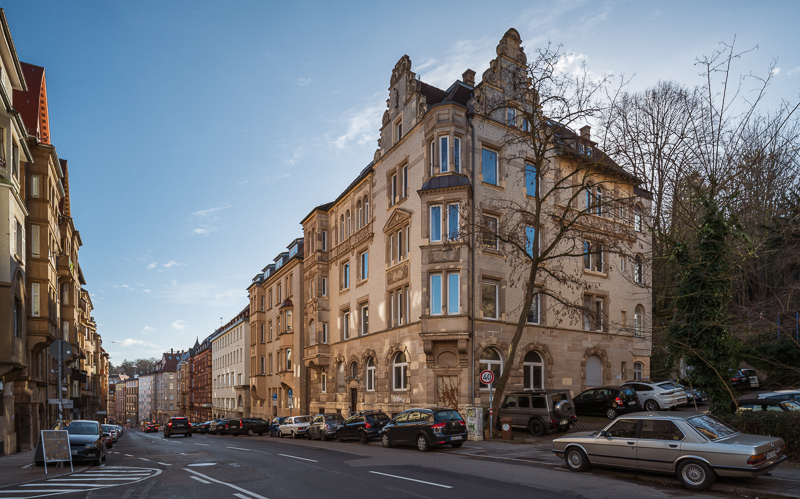
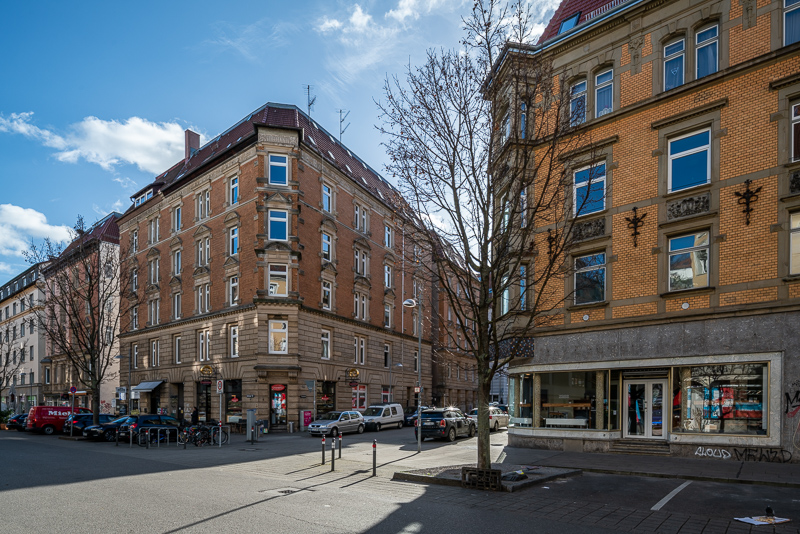
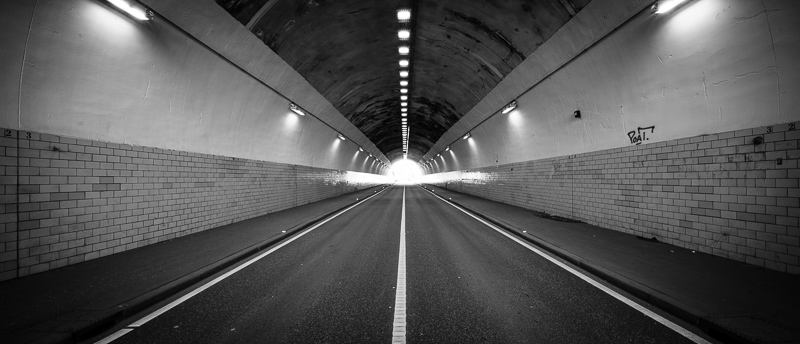
Most of the sample images in this review can be found in full resolution here.
Further Reading
- Sony FE lenses: Our comprehensive and independent guide
- Ultra Wide Angle lenses for the Sony A7 Series
- How to: Environmental Portraits
- How to: Taking better pictures
Support Us
Did you find this article useful or just liked reading it? Treat us to a coffee!
![]()
![]()
![]() via Paypal
via Paypal
This site contains affiliate links. If you make a purchase using any of the links marked as affiliate links, I may receive a small commission at no additional cost to you. This helps support the creation of future content.
Latest posts by BastianK (see all)
- Review: Nikon Nikkor 105mm 1.8 Ai-s - December 28, 2025
- 2025 – Year in Review - December 23, 2025
- Review: Sony FE 70-200mm 4.0 G Macro OSS II - December 20, 2025


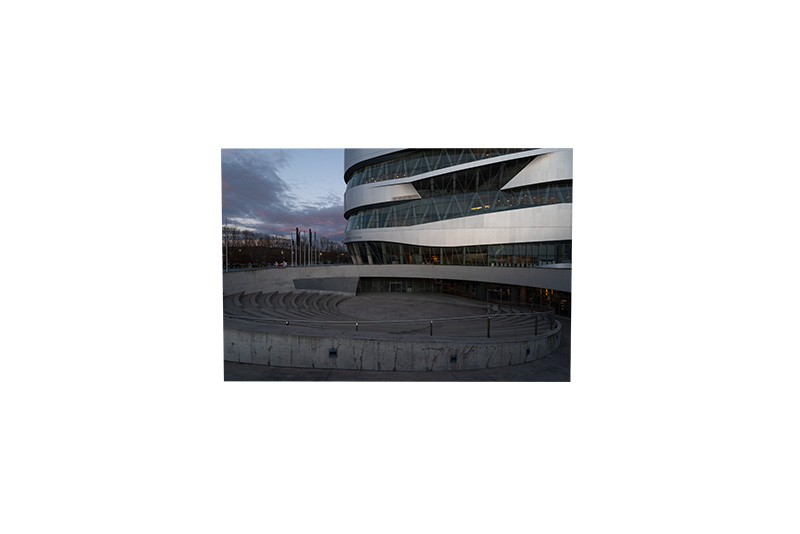
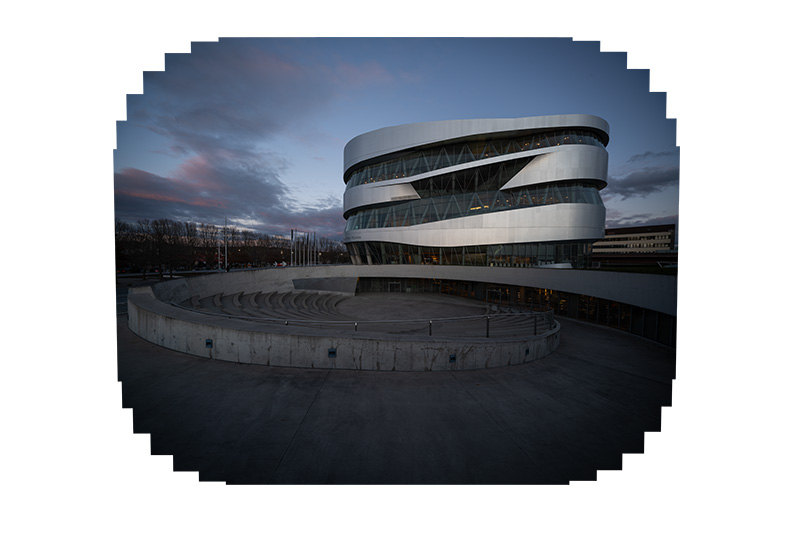
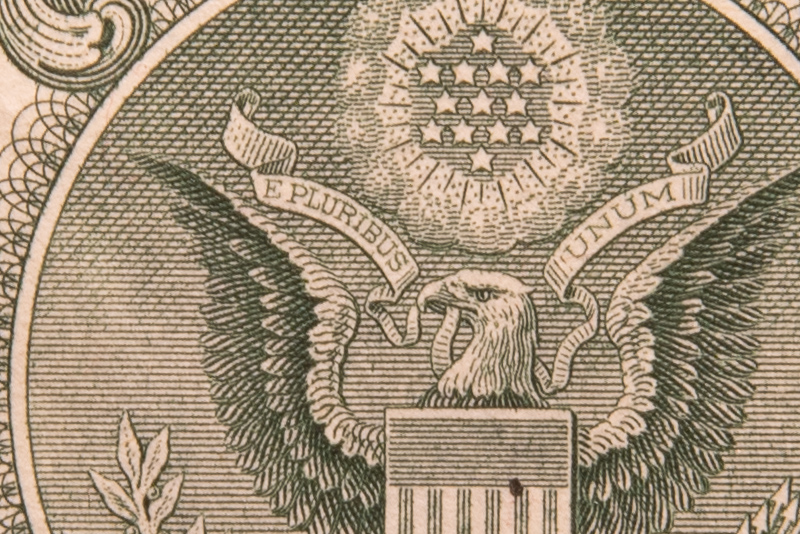
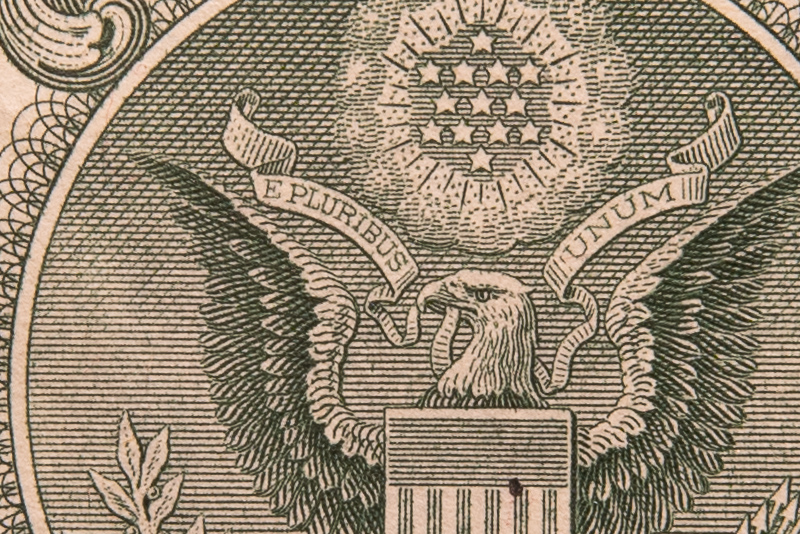


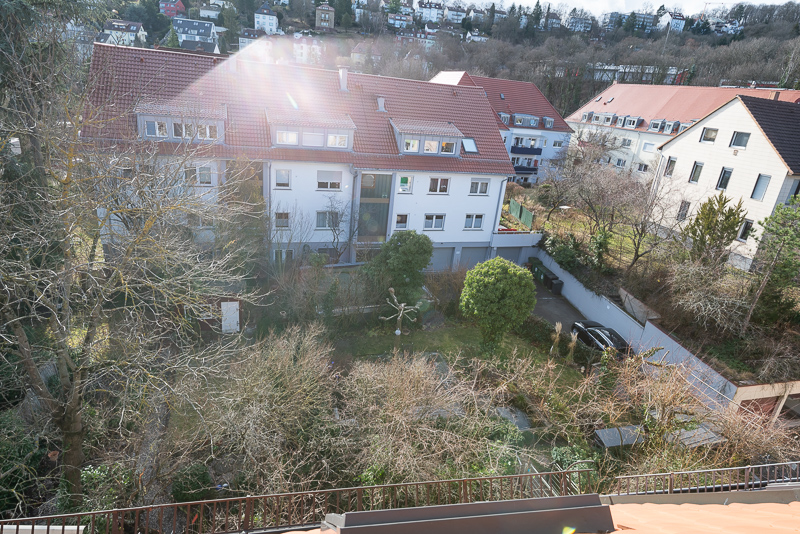
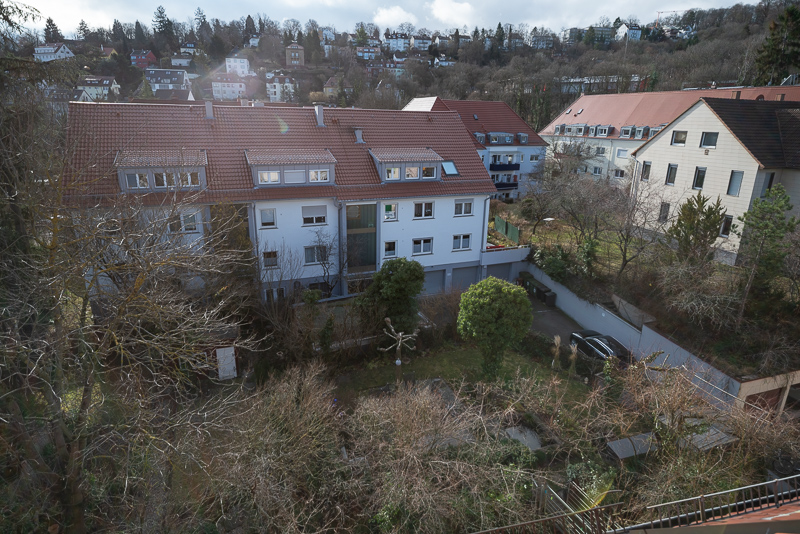
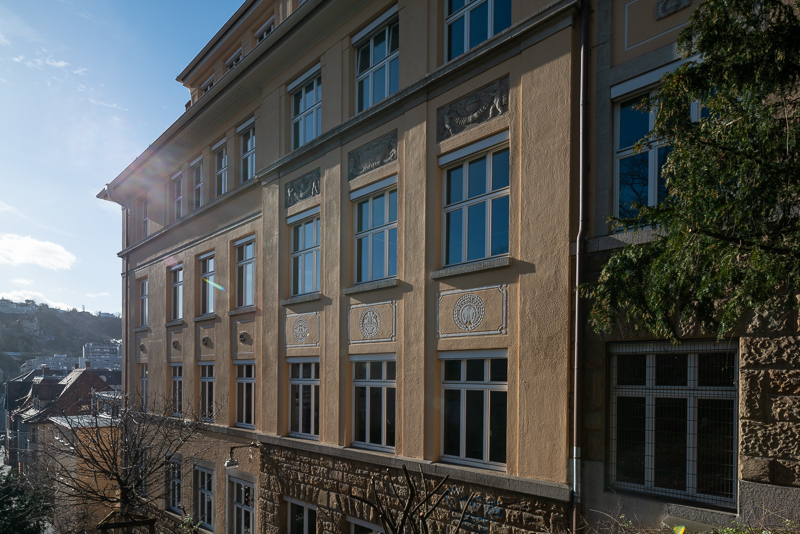
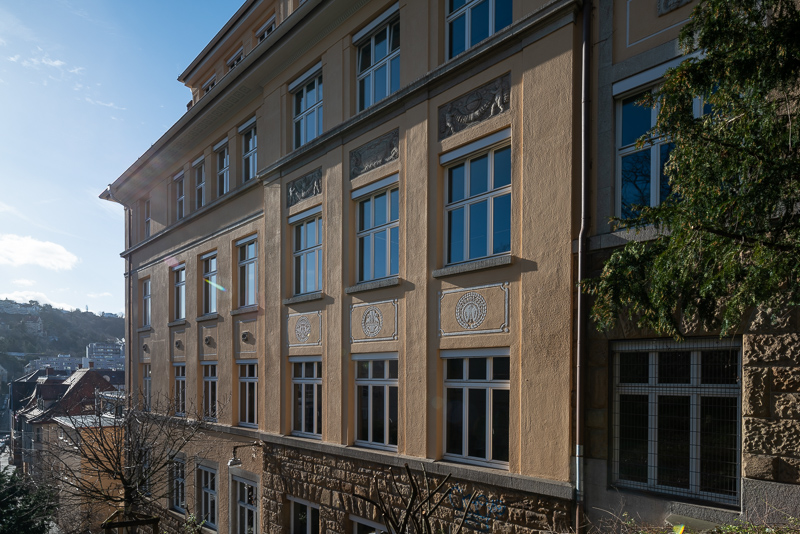
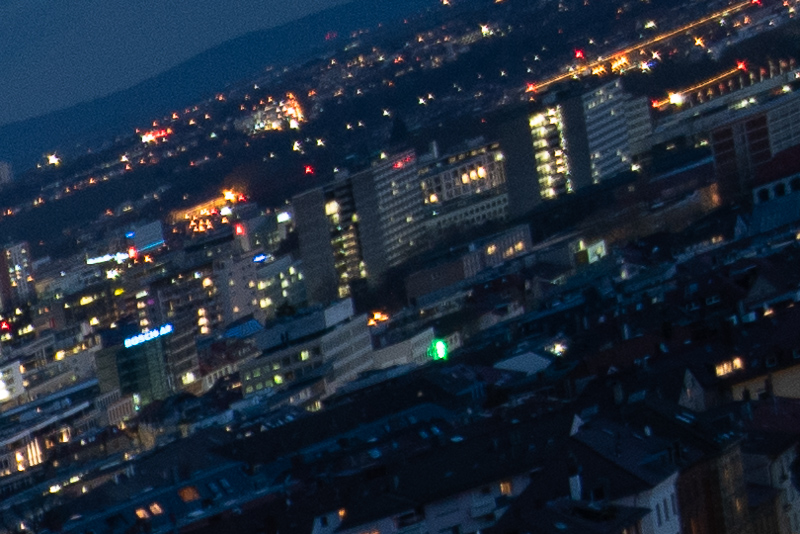
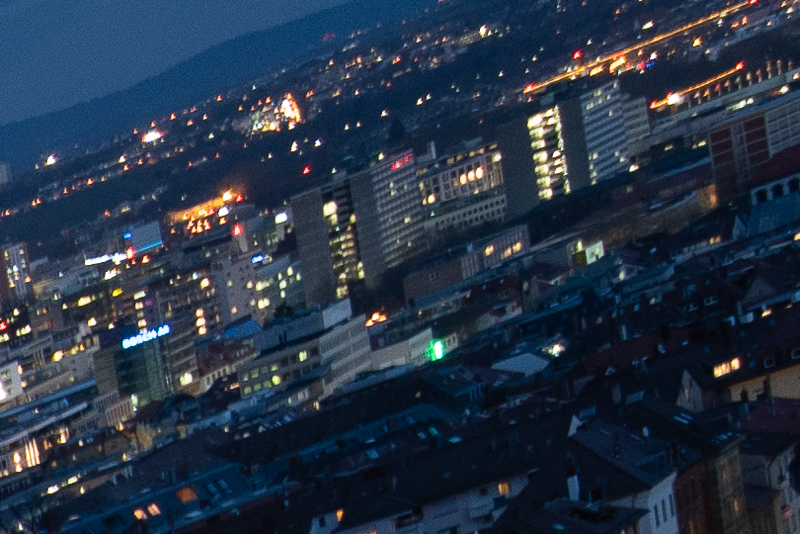
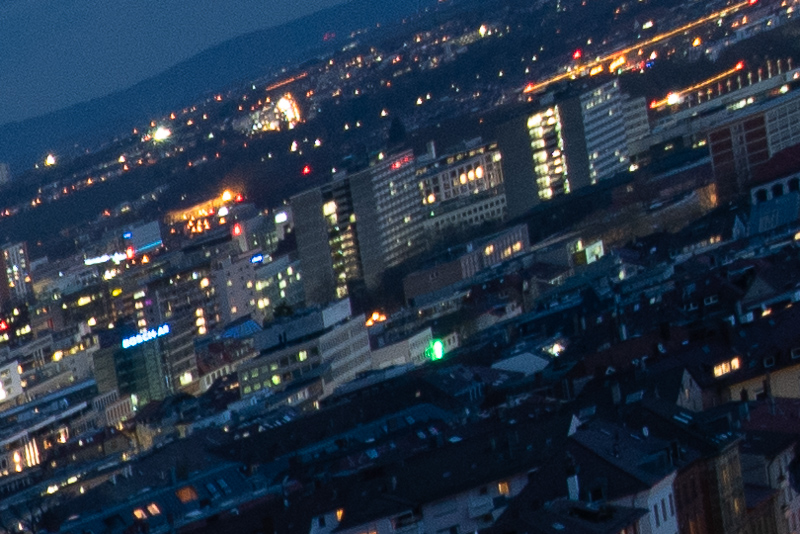
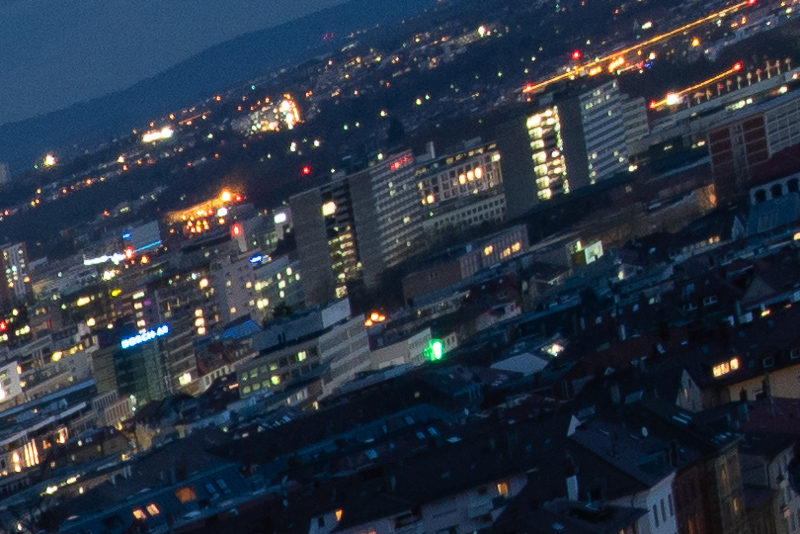
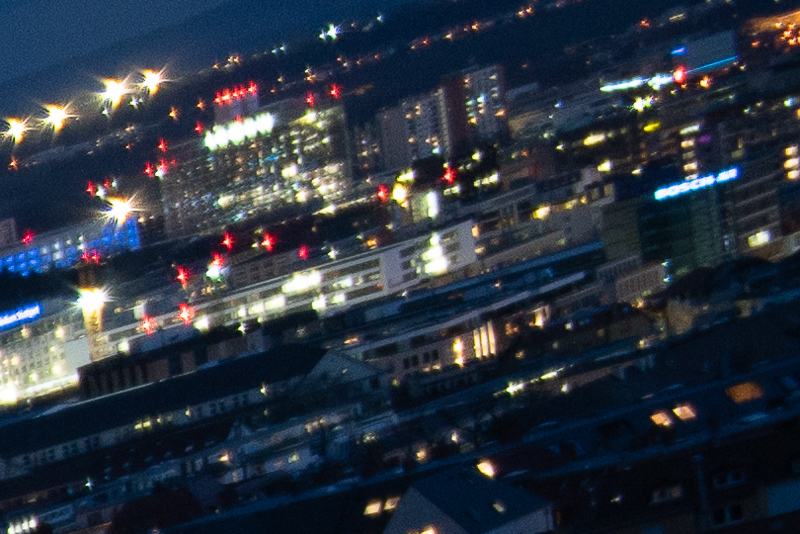
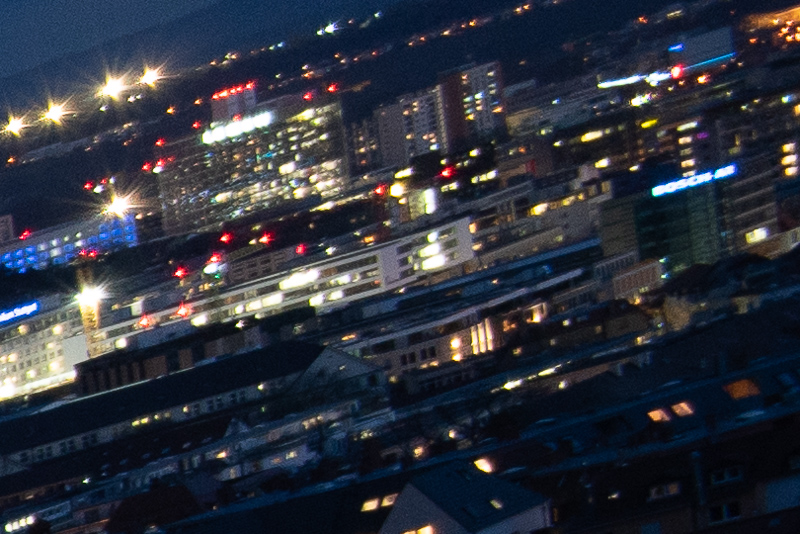
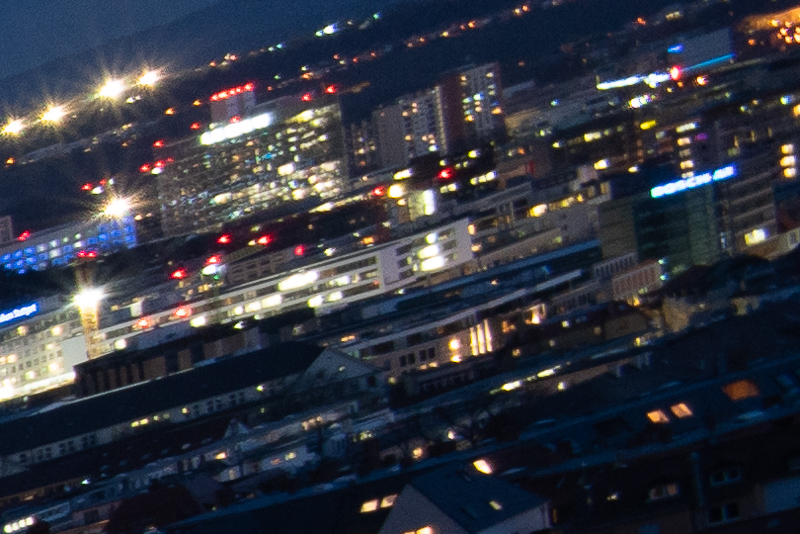
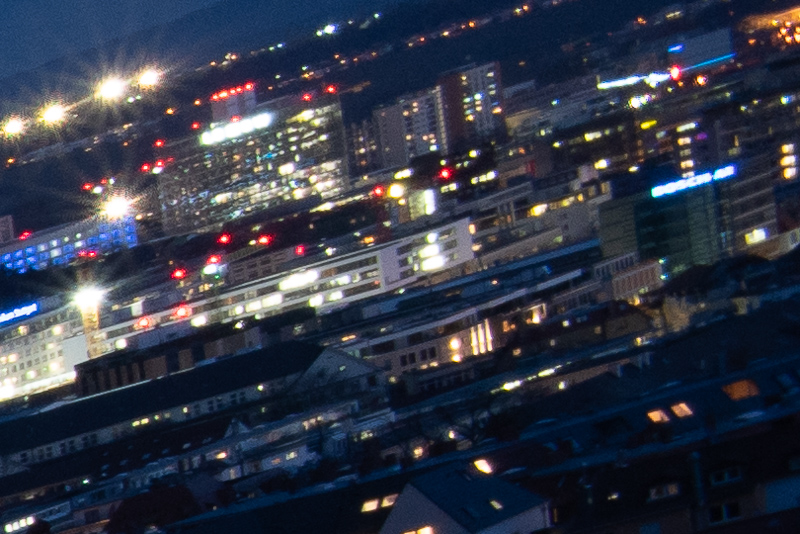
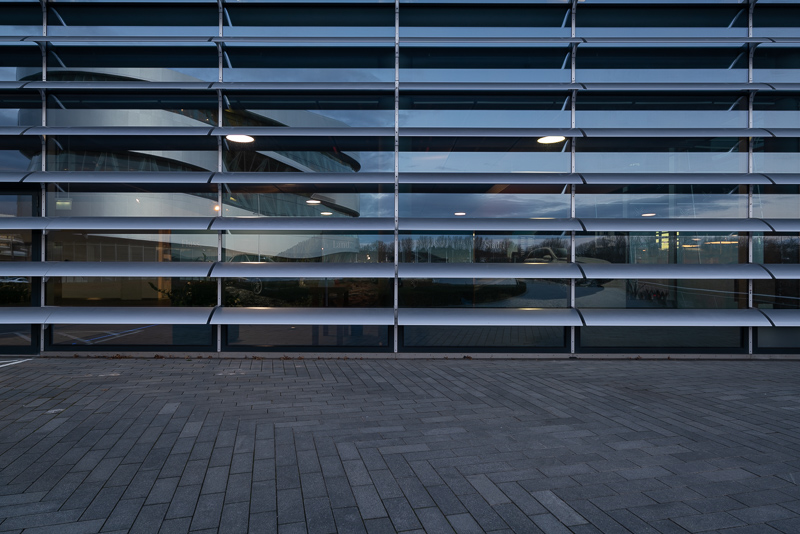
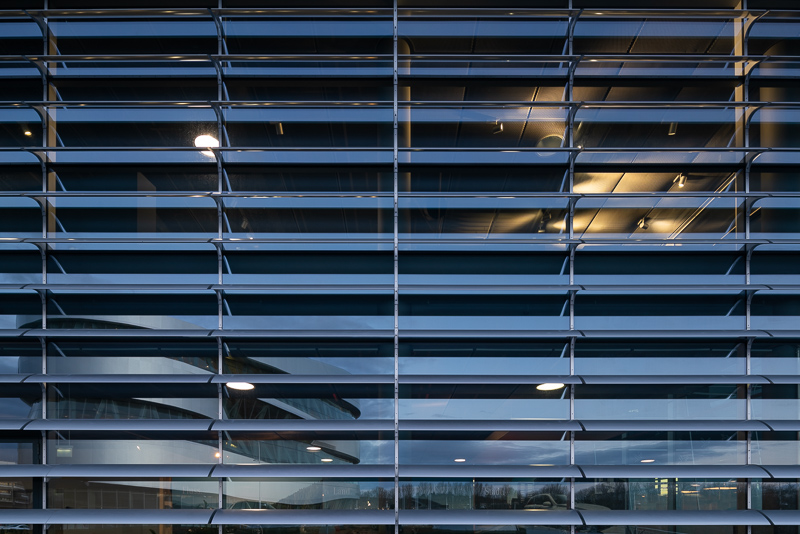
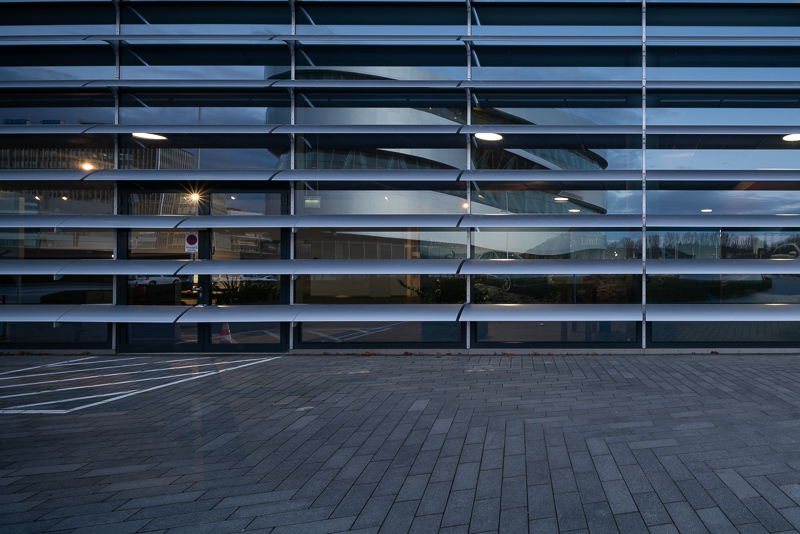
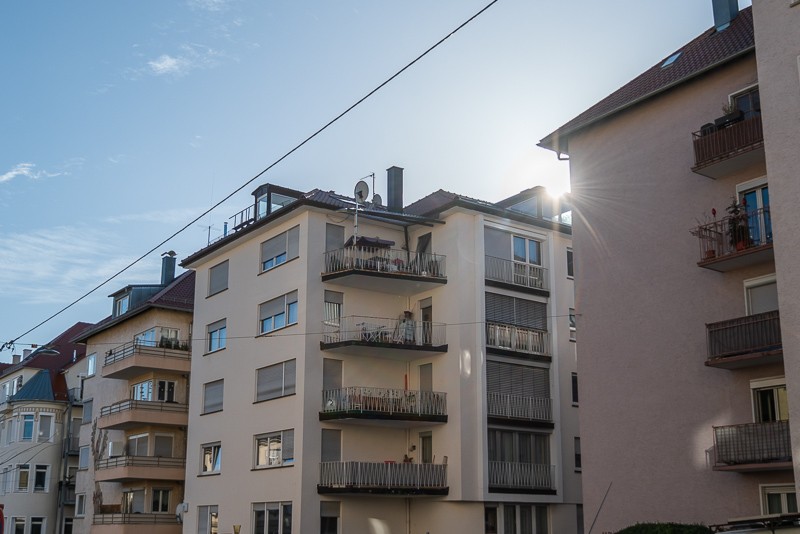


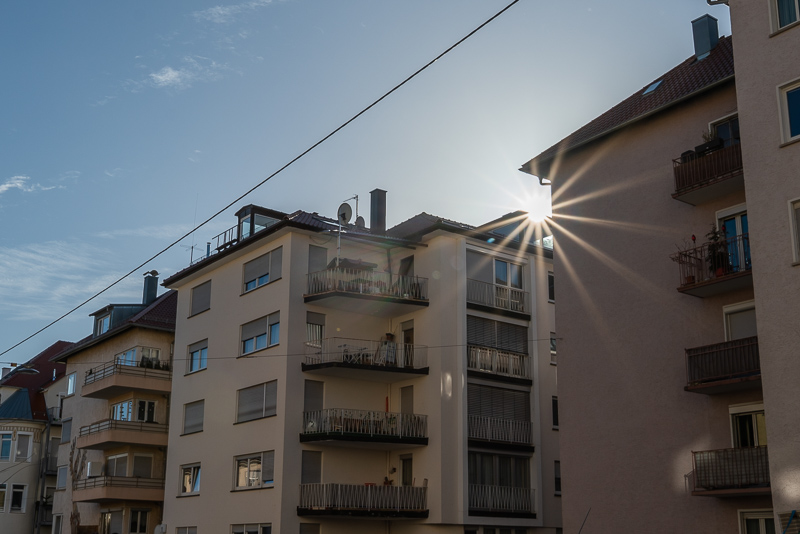
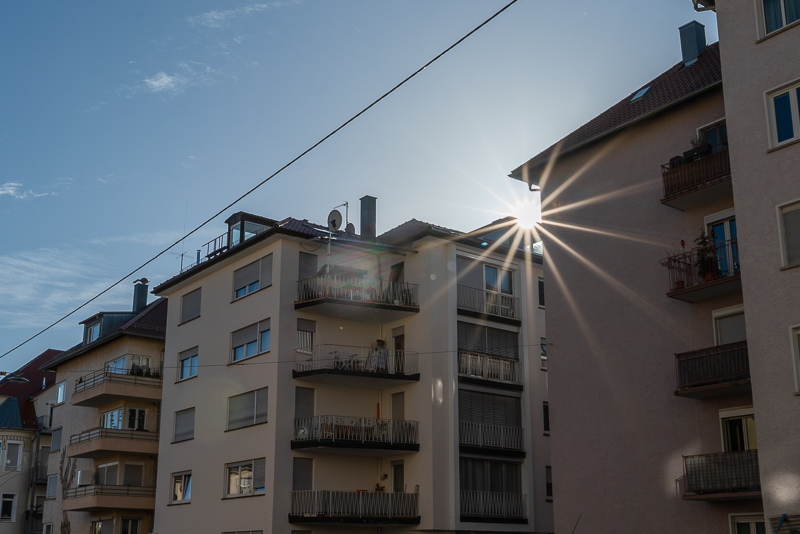
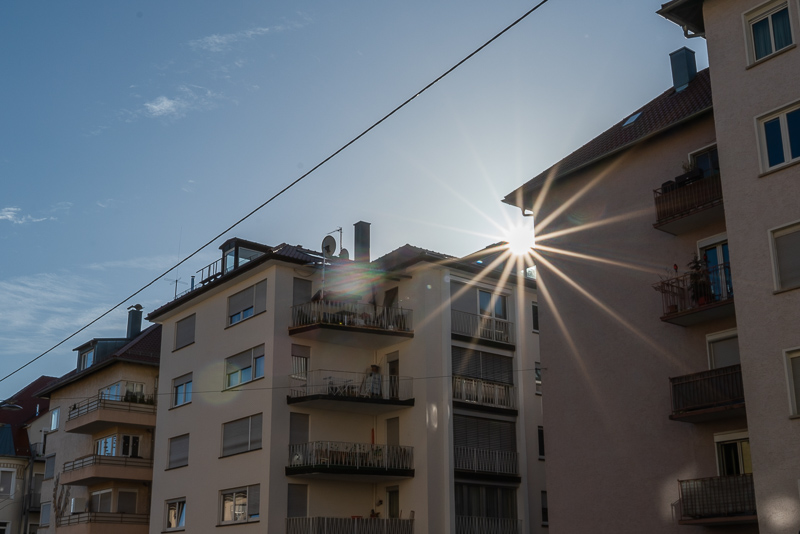


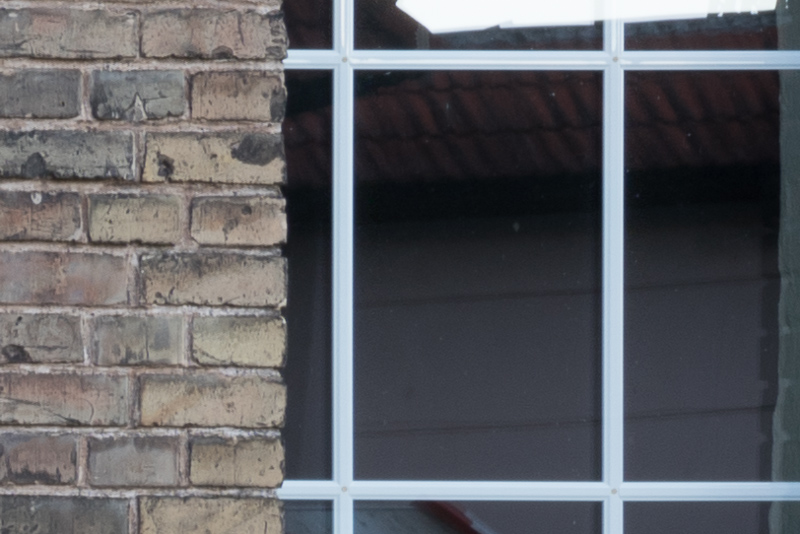
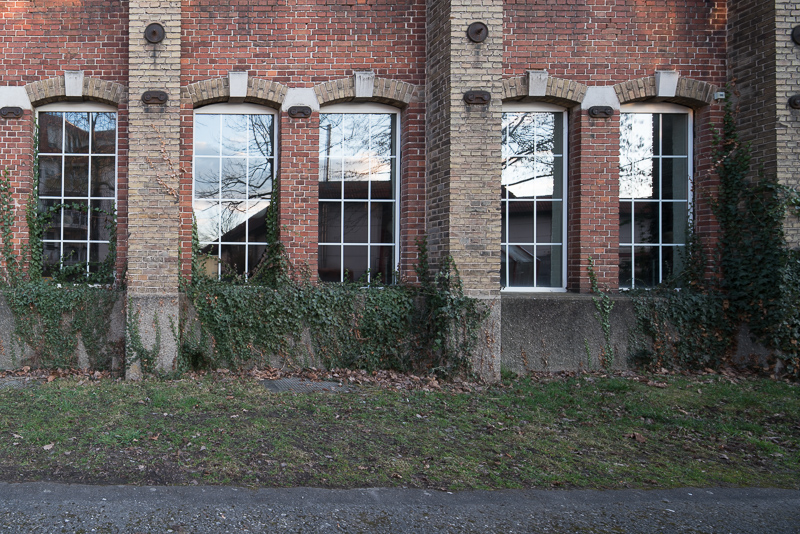
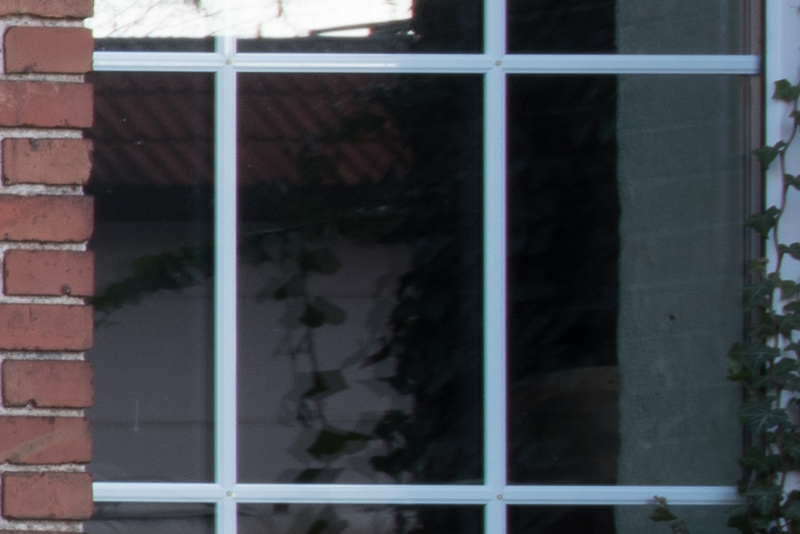
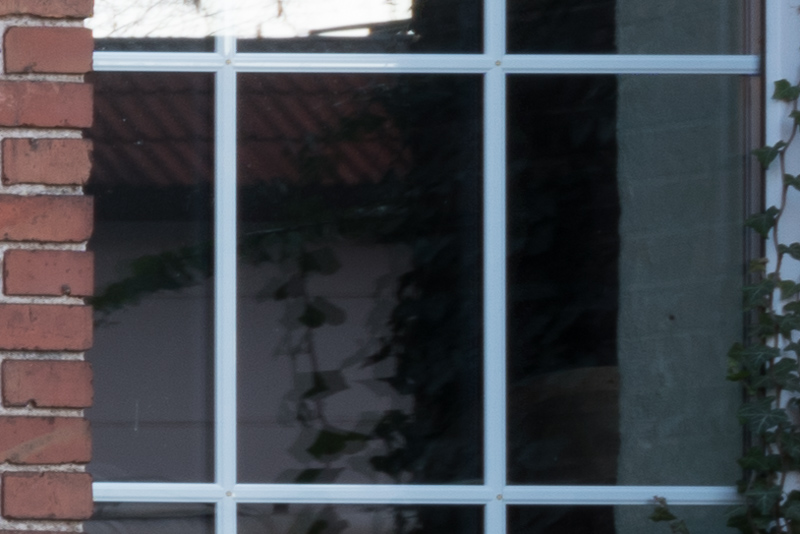
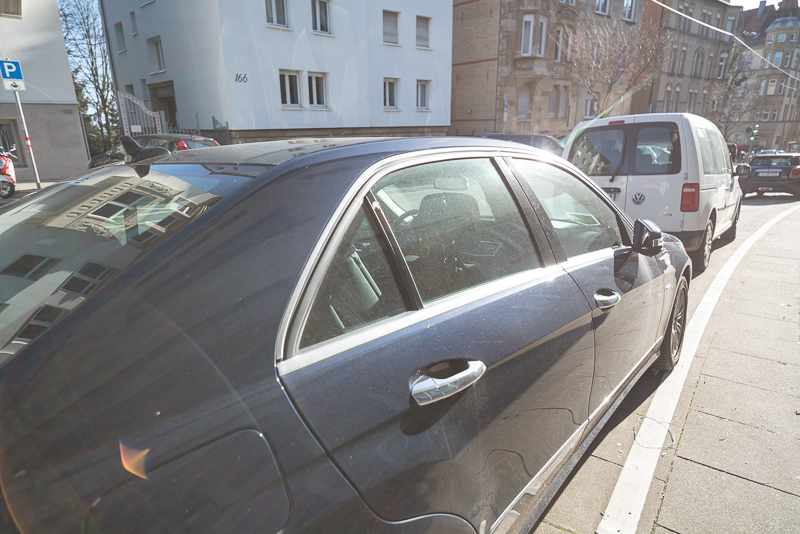
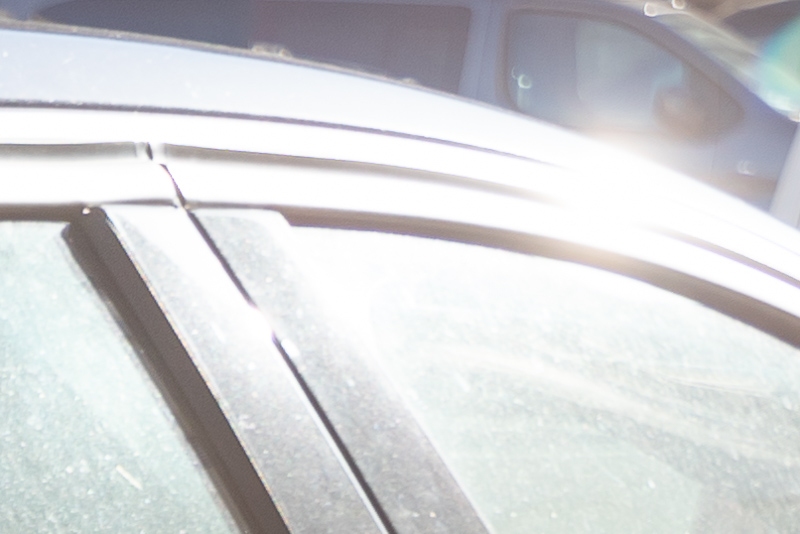
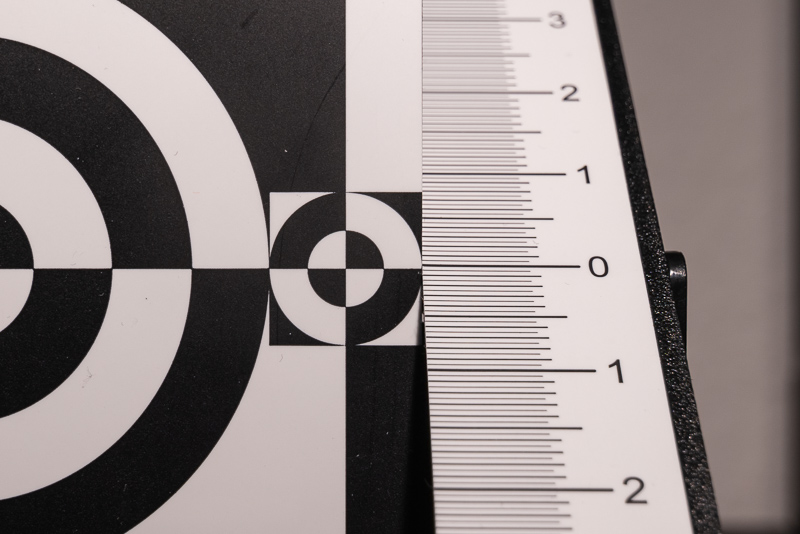
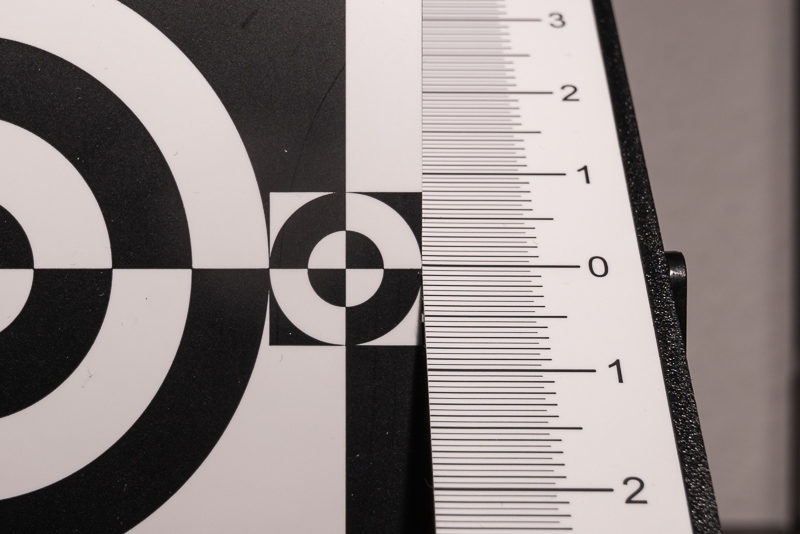
great set of images as always!
I guess all of these you wouldve been able to shoot with the 9mm laowa and then correct in post for perspective. But i wonder in the end what will you be left with in terms of resolution from the 9mm vs this (or other) TS lenses?
Is there enough leeqay for 4K output (3840 px on the long side)?
How likely will you run into trouble with stiching because of moving objects like clouds and people?
Yeah for me the answer is simple: 9mm and crop or 21mm and tilt a little.
Don’t want to deal with asymmetrical distortion, CA and stitching issues.
I rarely do architecture photography for money and if I do the images are almost exclusively used for web, where a super high resolution isn’t needed.
But as said: depends on what you need/want.
I think the math goes something like this:
The 20mm has a 117° diagonal FOV when shifted. To match this diagonal FOV you would need a 13mm lens on FF, which gives you a crop factor of about 1.53x which is similar to cropping to APS-C. On an A7R III you would have ca 5.200 horizontal pixels left, or ca 6.200 on the A7R IV.
It would probably be best to use a UWA zoom instead, because you don’t always need the full FOV and would lose fewer pixels by using a longer focal length. Something like a 12-24mm.
The math gets a bit more complicated when you take into account the different aspect ratios.
The calculator at the end of this page is quite helpful.
very helpful, thanks
True.
Another way of looking at it: 11mm shift in each direction would give a (purely theoretical!) sensor size of 58x46mm which is a factor of 1.6x horizontally or 1.9x vertically (and 1.76x diagonally).
So worst case you’re looking at a 1.9x crop and a 10 / 11mm equivalent lens. Still slightly more than 4.000px on the long end with a 42mp sensor then.
Multi-shot hi-res modes could be a useful way to “get the resolution back” if using a UWA lens. At least if the scene is static.
“Unlike the Laowa 15mm 4.5 Shift this 20mm 4.0 Shift is not part of Laowa’s Zero-D line, so I was a bit afraid there might be visible distortion. But to my surprise there is hardly any distortion visible, even in the shifted areas”
Venus Optics say it *is* part of Zero-D range on their web site, which may account for the good performance
https://www.venuslens.net/product/laowa-20mm-f-4-zero-d-shift/
Seems I complained enough that it should be then 🙂
😆
I was interested until I saw that it was another DSLR design. Even if a true mirrorless lens wasn’t any smaller at least it wouldn’t have that large empty gap which makes these feel soooo front heavy and awkward.
An excellent review as usual. Thank you.
They sell a tripod bracket that attaches to the front of the lens, I would think the use case they have in mind would negate any balance issues.
A “shift lens support”. It helps to get a rectangular pano with only 4 shifted pics (117° diagonal FOV).
~329 EUR
Nice piece of work. Have a look on Laowa’s video to understand how it works
Hi, first, thank you for always being hard at work bringing us these great reviews, I am a regular reader and appreciate the wealth of information on this blog!
I’ve always wanted a tilt/shift lens. Right now I have the 16-35GM and the Loxia 21mm. (I purchased the Loxia after reading your review on it a couple of years ago.)
Anyways, I am reading in the comments with the idea that one might be able to get the Laowa 9mm f/5.6 FF RL, crop in, and fix distortions and get the vertical lines straight.
(1) What pieces of software are/would be best for doing this?
(2) How good would the results be vs. using a dedicated tilt/shift lens? I don’t do architecture commercially, but I do want the lovely straight lines I see with your sample photos 🙂
I shoot with the A7r IV and the A1, both having high MP, so I am thinking that for me, getting the 9mm would make more sense, since as a bonus I would be able shoot at 9mm itself, as I have no UWA lens as it is. (Although again, I can shoot at 16mm with the GM.) I realize shooting at 9mm is a major challenge…
I really want some beautiful straight verticals with architecture, and this current lens you are reviewing looks really good. BUT, since I already have the Loxia 21mm, it would kinda be a drag, as I would get more utility out of the 9mm, and if I can fix in post and have decent resolution left, I’d be happier I think.
Thanks for your time and consideration, any feedback would be helpful to me. Thank you!
(1) I am mainly using the upright tool in Lightroom for that. The same tool has been available in Photoshop for a very long time though.
If you don’t know how it works there are many tutorials available on youtube.
(2) Except for more pixels there are no benefits of using the shift lens. When you have the 9mm you do not even have to tilt the lens to match what any of the shift lenses can give you. Shoot leveled and crop to what you need.
A common misconception is that shift lenses will show less or less obvious distortion compared to using any other lens, this is 100% wrong.
Using a shift lens, a tilted normal lens and straighten in post or even a pano with a longer lens will show the same exact distortion as long as you took the pictures from the same position.
Thank you BastianK for the reply, appreciate it!
hello
thank you once again for this detailed review.. to support ypur efforts, here an overview for almost all shift lenses from Canon and Nikon, also Schneider – they measured about 10 examples of each lens and show the resulting mtf graphs
https://www.lensrentals.com/blog/2019/04/just-mtf-charts-perspective-control-lenses/
best, Tom
Unfortunately these graphs only cover the unshifted areas which makes them a bit pointless.
Thaks for the great review.
How does this lens perform on the GFX100? I am thinking especially in the corners.
I use an adapted Canon 17mm tse (metabones smart 1.26 adapter) but it performs very bad around the edges and can only tilt half-way before the qualify becomes useless.
I would love to know how you would rate this lens – whether it will be an upgrade from the adapted canon lens on the GFX.
Best
Rasmus
The shifted corners I am showing are 31mm from center, the edge of the GFX frame is 28mm from the center, so the crops for the shifted corners should give a good idea what to expect.
Not sure how useful the shift will be on the GFX though, I am expecting you to run into black corners soon.
Very interesting an well-made reviews! Venus Optics rolls the market.
With my Nikon FX-System I can compare most of the lenses You’ve reviewed. My favourite lens is still the Nikon PC-NIKKOR 19 mm / 1:4 E ED because it is easy to use in dark environments or with gloves, in contrast to the Laowa lenses with their small aperture ring. This is more ore less the only point I disagree with You. The optical performance is marvellous, even in the edges, and—as You point out correctly—it ca be shifted up 12mm in the portrait modus. That is just magic because the results are really crisp even in the edges. Disvantage: No filters usable unless You use awkward adapter solutions. Second disadvantage: the flat cable for the data connection is prone to break, so don’t drop the 5-vears-guarantee.
But the Laowa FF S 20mm F4.0 C-Dreamer is nearly of the same quality, that means this lens ist much better than the unpredictable Nikon PC-E NIKKOR 24 mm / 1:3,5 D ED. Especially the portrait modus shows the difference: 11 mm to bad 9 mm! Lens hood: Filters have to slim to avoid vignettiing, and shifting as to be observed well to avoid the “black corners”. But it works properly until about 9mm of decentration.
Result: I use both, the 19 and the less comfortable 20mm lens.
For about two years own the Laowa FF S 15mm F4.5 W-Dreamer, the version with the vlue ring and only 5 Blades. If the 19mm-Nikon ist not sufficient, it helps. But it is much more difficult to get reasonable results: The astigmatism is hell, and the shift mechanism is not really good to use, because after 1/2 a year to have to use the locking screw to lock the shifted lens in its position. I hope it won’t happen with the 20mm Laowa. Also an issue: Light form the side. It’s much more difficult to control with the hand than with the 19mm Nikon lens. However, You have a really reasonable exteme-wide-angle-shift lens! But You should avoid to use the entire amount of decentration if possible. The use of a tripod—or a quadropod— ist recommened for this lens.
All in all, I use all three of them simultaneosly!
With the longer focal lengths I have more problems, they are mostly too old to be good: The Nikon PC-E NIKKOR 24 mm / 1:3,5 D ED lacks mechanical quality, sometimes the results are good, sometimes not at all; the Schneider PC-Super-Angulon 28 mm / 1:2,8 ist really sharp with sunshine in the back, but the coating is just standard for the 1960s but not the 1980s and all in all too cold; the Nikon PC-NIKKOR 28 mm / 1:3,5 is unusable for digital cameras; the Nikon PC-NIKKOR 35 mm / 1:2,8 is not really sharp, especially in the extreme edges, and a bit too warm. All the ladder lenses are to be replaced, but with which other lenses? I don’t expect that an ARSAT is better than the Nikon 35mm; the 35mm-Zeiss is extremely rare and because of that expensive if available. I’ve no idea.
Best, Uwe
hi
My name is ANSHUMAN BHARGAVA and I am writing from New Delhi India. I am an architectural and interiors photographer doing professional work. My work is on http://www.designvisuals.co
I love this article on tilt shift lens. very informative and useful.
just a query. I wanted to get started with tilt shift lens. However the canon ones are not available in India. neither are Nikon. Laowa 20mm shift lens is available. So is Rokinon / Samyang. I have a sony a7c.
So wanted your opinion : show I order a used Canon from US ? Or should I buy a Laowa 20mm shift lens ? Or buy a new Rokinon / Samyang 24mm tilt shift ? The canons are the most expensive obviously. But in terms of image quality being the most important criteria and then the price, what do you think I should go for ?
Thanks so much.
Anshuman
The Samyang/Rokinon is really bad, I wouldn’t spend any money on it.
The Laowa 20mm 4.0 is actually a good compromise compared to the expensive Nikon/Canon lenses.
If I can reply, I really can recommend the 20mm-Laowa lens.
The 19mm-Nikon which i use either, ist much more expensive, is really a bit better, allows 1 mm more decentration, but the use of (slim) filters ist awkward.
Disadvantage: No parts will be be delivered. You have to send the lens to china if parts are needed.
A bigger vendor in Germany told me that the quality of the Samyang lenses vary a lot and that they have complains very frequently. This lens gets not much recommendations in reviews either, especially the flares are annoying. There’s no alternative to the Canon lens (version II) in the 24mm-class, because the Nikon lens is not really recommendable either due to its mechanical issues.
Hi Uwe,
So Nikon 19mm pce and laowa 20mm d shift,
Which one is your common use lens?
Thanks , I want to buy one of them ,it’s very difficult to choose,I need your advice,thank you!